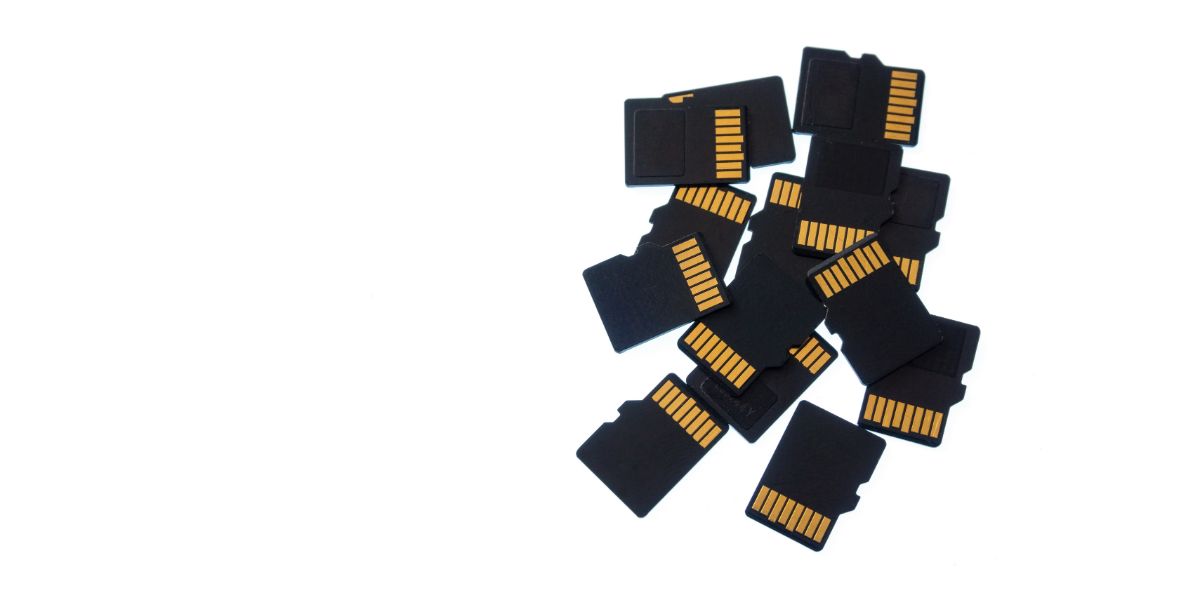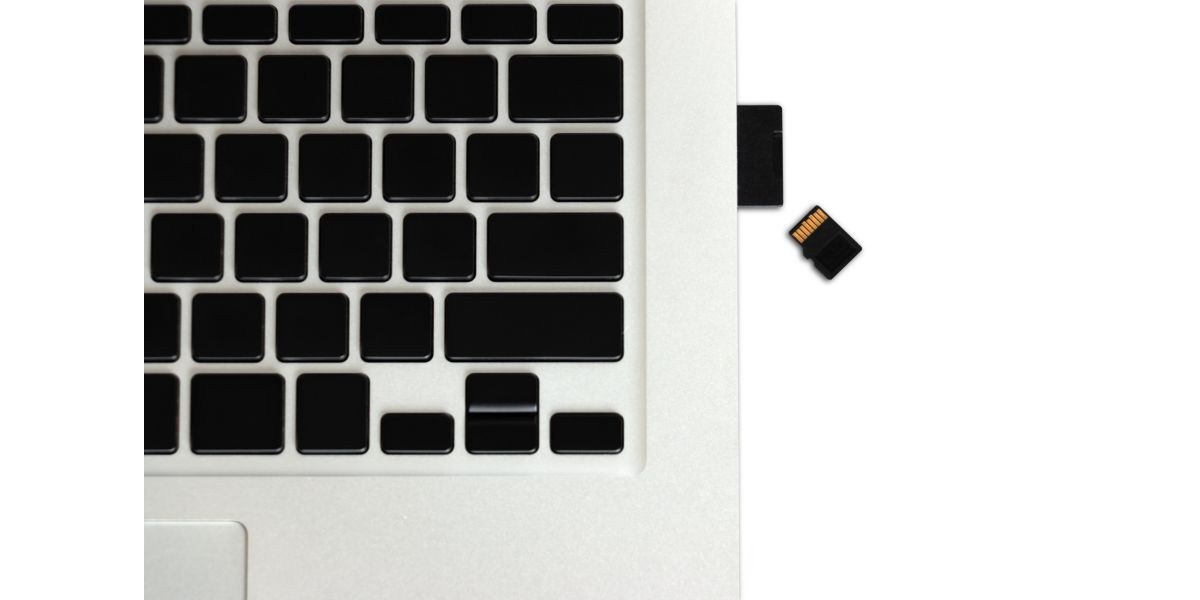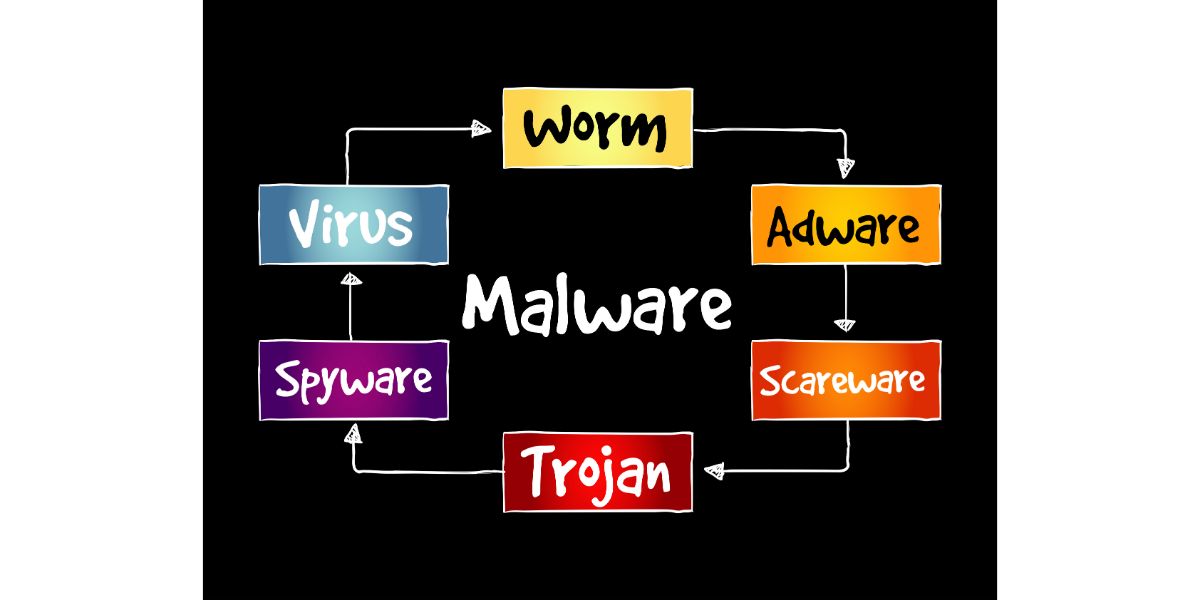Disclaimer: This post may contain affiliate links, meaning we get a small commission if you make a purchase through our links, at no cost to you. For more information, please visit our Disclaimer Page.
You insert your micro SD card into your device, and it doesn’t get detected, or worse – you need to format it. These are signs that the storage device is corrupt. As this means everything you’ve stored in it is at risk of being lost forever unless you use data recovery software, you might be wondering why this is happening in the first place.
Micro SD cards get corrupted if they get removed from the system while in use, the device loses power while transferring files, or because of bad sectors in the flash memory. The chance of data corruption increases if micro SD cards have manufacturing defects.
Losing photos, videos, and other precious files is painful, especially if you don’t have a backup. This article explains the factors that corrupt Micro SD cards, so you know what to remember when using them as storage devices.
Table of Contents
The MicroSD Card Was Removed While It Was in Use
We’ve all been in this situation before – we need to quickly share some large files. Depending on the situation, the only way may have been to copy the files onto a microSD and then insert it into another device, from which it could be viewed or taken.
As you didn’t have time, you decided to remove the memory card after it copied a specific file, even though there were other files in the queue. Since this hasn’t caused any problems in the past, you may assume it is okay to follow this method.
However, you should avoid making this practice a habit as it increases the likelihood of the data in the microSD card becoming corrupt, i.e., inaccessible. This is because the operating system (OS) software used the storage device to write data into it.
Interrupting this process can corrupt the data, especially if you use microSD cards as storage devices for Android smartphones.
Whether you’re using microSD cards with your drone, desktop, laptop, smartphone, or any other device, you should eject it from the OS before removing it. This raises a valid question: how does this prevent the data on the storage unit from getting corrupted?
Informing the device that you want to eject the microSD card lets the OS know that the user wants to remove the storage unit. The OS will immediately stop any system process using the memory card. If the OS was unable to do so or there are some applications whose operations require access to the storage unit, it will let you know.
You can either wait for these processes to complete or stop them. Only after all activities on the memory card cease will the OS eject the microSD card.
Microsoft has gone one step further to protect the data on all external storage devices. On earlier versions of Windows 10 (before version 1809), the OS followed the better performance policy, which requires you to safely remove the hardware before unplugging it from the device.
From Windows 10 version 1809 onwards, you no longer need to do this as it follows a quick removal policy. This allows you to remove the microSD card from the device as soon as you’re done copying the necessary files.
Here are guides on ejecting external storage units on various devices:
Note: Ejecting microSD cards depends on the OS version and Original Equipment Manufacturer (OEM) UI or skin for Android smartphones. Always search for how to unmount memory cards safely and follow the instructions from official guides to prevent microSD cards from getting corrupted.
Device Lost Power While Copying Files to the MicroSD Card
Here’s a situation we’ve all faced – you insert your memory card into the laptop to transfer essential files to the external storage unit. However, as you were using the device without the charger, it suddenly shut down as the battery ran out of charge.
This can cause the microSD card to become corrupt, preventing you from accessing those files. How does this happen? Well, when the device loses power while you are copying files, it interrupts the process.
This makes the data unreliable and prone to errors, which is why you will see a notification informing you that the microSD card is corrupt and requires format.
Here’s a study that dives deeper into this topic, explaining why you will face this issue from a technical perspective.
One thing to note is that the data can’t only become corrupt if you were copying files and the device lost power. It can also occur if you delete data from the microSD card and the laptop or any other device shuts down.
Fortunately, this will only happen if you try copying files to the same storage unit after it experienced a sudden shutdown and it couldn’t delete the data properly.
When transferring data to a microSD card or erasing files from it, you should ensure the device it is inserted into has sufficient power.
There Are Bad Sectors in the MicroSD Card
You can think of sectors as the least amount of space or data you can store in the memory card. Depending on the size of the microSD card, there are several sectors, also known as clusters.
Bad sectors are a portion of the microSD card, which the OS can no longer write data on because of various factors. One way bad sectors occur on storage units is because of physical damage. This can happen naturally due to wear and tear, i.e., when you keep inserting and removing the memory card from the device.
It can occur due to improper handling, i.e., it fell down and damaged the flash memory. Another reason for bad sectors in the microSD card is manufacturing defects. When it gets detected, the manufacturer will identify and mark them so that the memory card will avoid writing data to these sectors through firmware and controllers.
The issue with bad sectors due to physical damage is that you can’t repair them. You can also run software checks on microSD cards to identify and lock down bad sectors. However, bad sectors, especially those due to physical damage, indicate that the memory card will fail in the future.
Bad sectors can also occur even if there isn’t any physical damage on the microSD card. Known as logical or soft bad sectors, it happens because of the error correction code (ECC). As the name suggests, this code’s purpose is to reduce data errors.
If the ECC doesn’t match with the data in the sector, it can result in soft bad sectors. This can happen due to bugs in the firmware. Loss of power while transferring files to the microSD card can also cause this issue. Luckily, with disk utility tools, you can fix these problems and use the sectors again to store data.
For instance, if you use Windows, you can use chkdsk in the command prompt and force the device to scan the memory card for bad sectors and fix them.
MicroSD Card Was Used Beyond Its Service Life
Like every other product in the market, microSD cards also have a service life. The data will likely become corrupt if you use it beyond this period.
In other words, every memory card has a specific number of read and write cycles. The information is reliable as long as you store data in the microSD card and don’t exceed the read and write cycles.
This means you can look at the data and go through the file’s contents at any time. Generally, the number of read and write cycles is far greater than how frequently you use the device.
Or by the time you’ve reached the end of the service life of the microSD card, you may have already gotten other storage devices.
How long memory cards are reliable depends on factors like manufacturing processes, which are often beyond your control.
In most cases, you can expect microSD cards from trustworthy manufacturers to last at least 10 years.
How can you work around this issue? Does this mean you get a memory card with ample storage? No, this increases the risk of losing all your data simultaneously. A better practice would be to have multiple storage devices and distribute your data across them. This way, you still have time to back up your data in case the memory card shows signs of corruption or failure.
MicroSD Card Is Infected With Malware or Virus
Always be careful when inserting microSD cards into devices you don’t own. This is because you don’t know about their internet safety and security practices, which can risk your data and system.
As memory cards are also storage units, malware and virus can enter them and cause significant damage. Sometimes, you won’t be able to open files as everything becomes a shortcut. Other times, you’ll notice files reappearing, even though you already removed them.
It can also corrupt the data, making the entire storage unit unusable.
While there are signs that let you know your microSD card has malware or virus, you may not always see them.
The best way to deal with malware and viruses is to use anti-virus software. In most cases, using only Windows Defender is enough (only applicable for Windows laptops and devices). It updates its database regularly and doesn’t significantly impact your system resources.
Always ensure you only insert your microSD card into devices you trust. If this isn’t possible, you should scan the memory card before opening the drive to view its contents. Windows Defender has a built-in feature that allows you to check external storage devices.
Otherwise, you can use software like Malwarebytes to identify and quarantine any malware or virus in the memory card and your system.
Using the Wrong File System
While this doesn’t exactly corrupt the files on the microSD card, it can behave as though there is something wrong with the storage unit. For instance, Apple File System (APFS) is the file system for macOS devices.
If you were to format the microSD card on a Macbook, transfer files, and then insert it into a Windows device, you’d get a notification saying the OS needs you to format the drive. If you look at the drive’s properties, you’ll notice it isn’t empty.
Although this is a sign of data corruption, this isn’t the case in this situation. Windows doesn’t have native support for APFS, which is why you cannot access any files on the microSD card.
Currently, Windows can open drives in File Allocation Table (FAT) and New Technology File System (NTFS). Does this mean you’ve to format the drive and change the file system from APFS to one with native support?
No, as this will mean you lose your precious data. A better option would be to use Paragon Software, which allows you to open APFS drives without issues. It’s easy to install, and you don’t have to open any software to view what is inside APFS drives.
However, it only comes with a 10-day trial, after which you’ll need to purchase a license. This allows you to continue using the specialized driver.
Another file system you must keep an eye out for is Read After Write (RAW). This usually occurs when formatting the microSD card, but you don’t allow it to finish. It can also happen if there is damage or data corruption in the memory card.
If your microSD card’s file system is RAW, there are two ways you can fix this issue. The first method is using data recovery software to help retrieve the missing files.
Otherwise, you’ll have to perform the chkdsk command on Command Prompt in administrator mode. This should fix any file system issues with the microSD card.
However, you’ll have to format the memory card if the above two methods don’t work.
Conclusion
If your microSD card is suffering from data corruption issues, it can be due to improper removal of the storage unit, bad sectors, power loss, or malware infection. You may also lose access to your data if the memory card is in the wrong file format.



